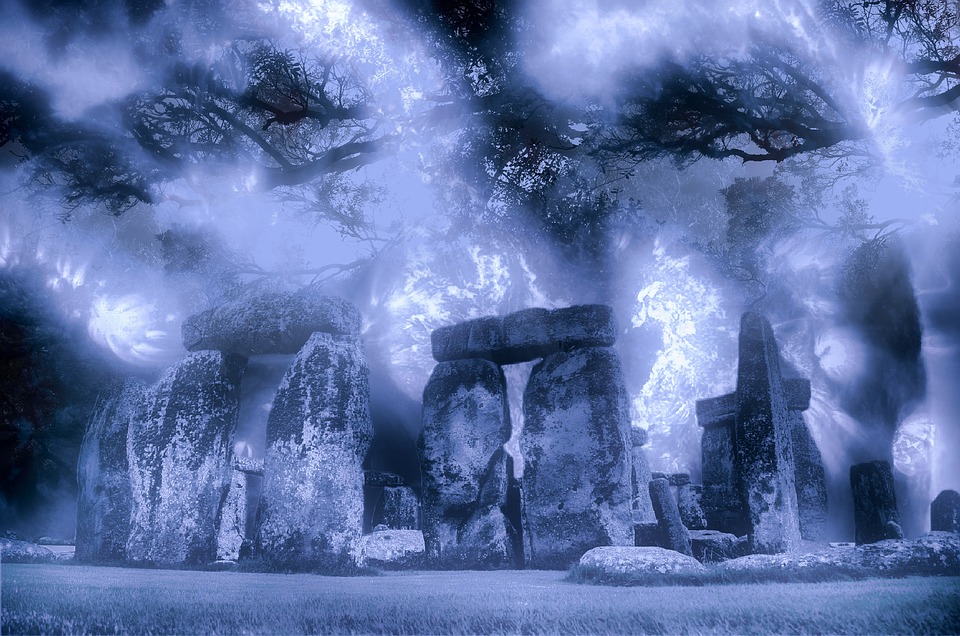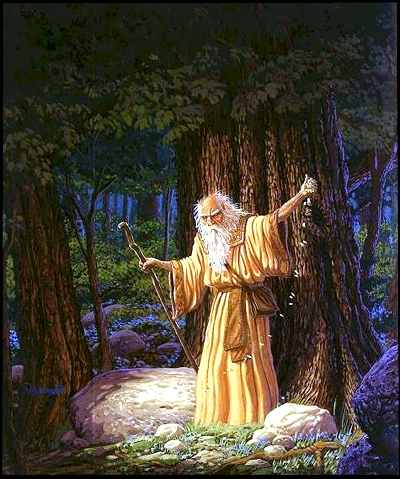Druids in Dungeons and Dragons were first introduced in 1974 in the Greyhawk Supplement. However, they were not introduced as a character class until the Eldritch Wizardry supplement in 1976. Originally they were seen only as a non player class. Druids were considered hostile to the adventurers and their designs. Thus they were basically just a new class of adversary. But the players liked the idea of playing a druid. And thus the change in the game with the Eldritch Wizardry.
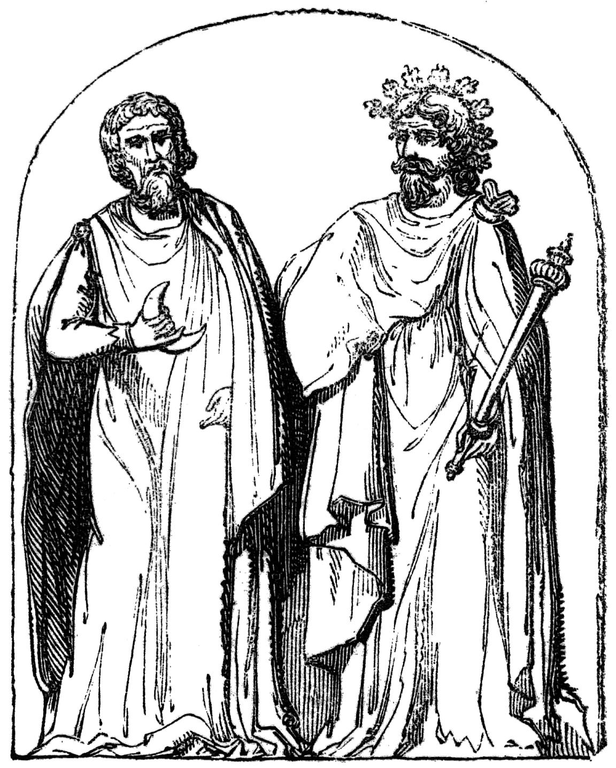
Historical Druids
The Romans encountered Druids during their invasion of Gaul. The Romans, being Romans, immediately ordered that they be purged. Many were burned at the stake. Naturally the druids were opposed to this idea.

According to Britannica.com the word Druid means “Finding the Oak Tree” in the ancient Celtic language. Other sources from the period in which Romans were suppressing the Druids indicate that the word means “Oak knower” or “Oak seeker.”
According to the earliest authors about the Druids their practices were taught in secret in caves or forests. Instruction was said to last as long as twenty years and all verses were learned by heart. No books were used or referred to during their rituals.
According to Greek and Roman writers of that era human sacrifices were common. Usually criminals were used but when none were available innocents were acceptable. Sacrifices were made in a number of ways. One method was called the “wicker man.” The victim was placed inside of a wooden effigy and then burned alive. Depending on which deity was being made the offering there were other acceptable methods of human sacrifice. Drowning and hanging were sometimes used.
Most of us are familiar with historical Druids from the evidence they left behind in the form of the standing stones known as Stonehenge.
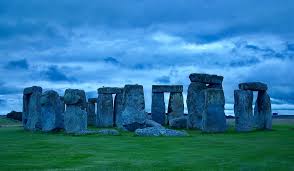
There are, of course, modern Druids that still exist in today’s society.
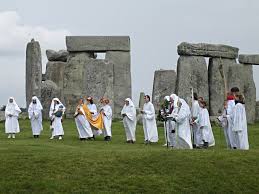
But the standing stones are not the only evidence of the ancient Druids left behind. Stonehenge is estimated to have been constructed between the years 3000 BC and 2000 BC.
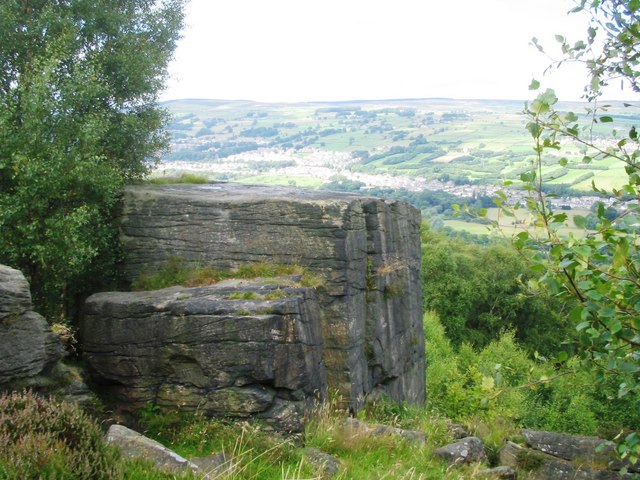
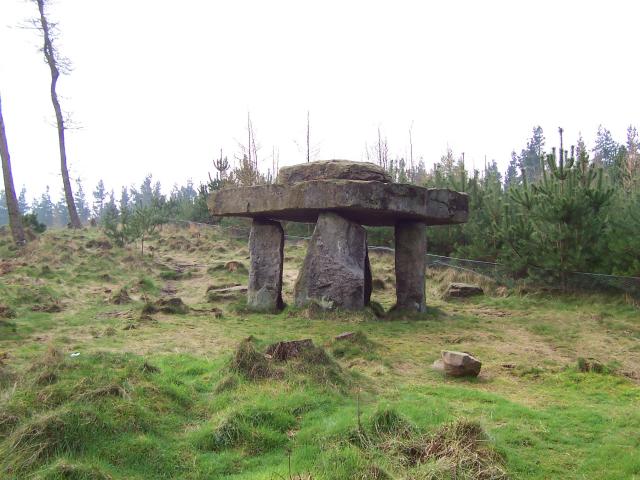
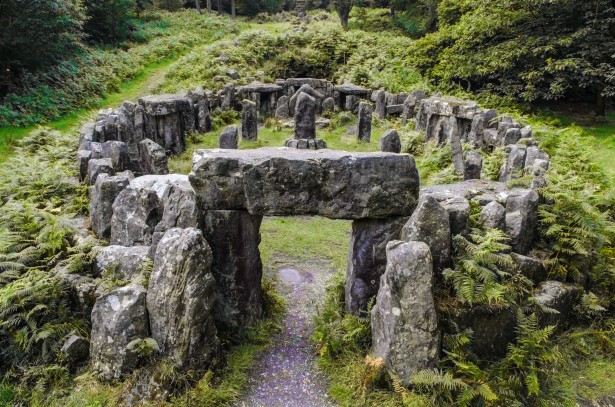
Druids in Dungeons and Dragons 1st Edition
Druids became a standard player class in Advanced Dungeons and Dragons 1st Edition. First edition added many new player classes for the first time in the game. And it modified many of the ones that already existed. Druids became a bit controversial for a few of their severe limitations in 1st edition.
- The could only wear leather armor
- At higher levels there could be only a limited number of Druids
- At the highest level there could be only one
- One had to fight other Druids in order to advance to these highest levels and these fights could be to the death
- The maximum level was 14th. That one person was called the Great Druid
- They had to be true Neutral in alignment
Druids were considered to be a sub-class of the cleric. Unlike a cleric they were limited to weaker armor but could use a sharp weapon (spears and scimitars). They were also entitled to use a range weapon, a sling, but a cleric could not.
Druid spells were far different than cleric spells. They could not raise the dead. But they could reincarnate instead. They could heal. But they did not have all of the best healing spells. Most of their spells involved invoking nature or manipulating nature in some way. Spells involving speaking to and controlling animals and plants were offered. But at the highest levels Druids had some very nasty spells that could be quite effective. Finger of Death and Creeping Doom were two of the nastiest spells in the AD&D 1st Edition PHB.
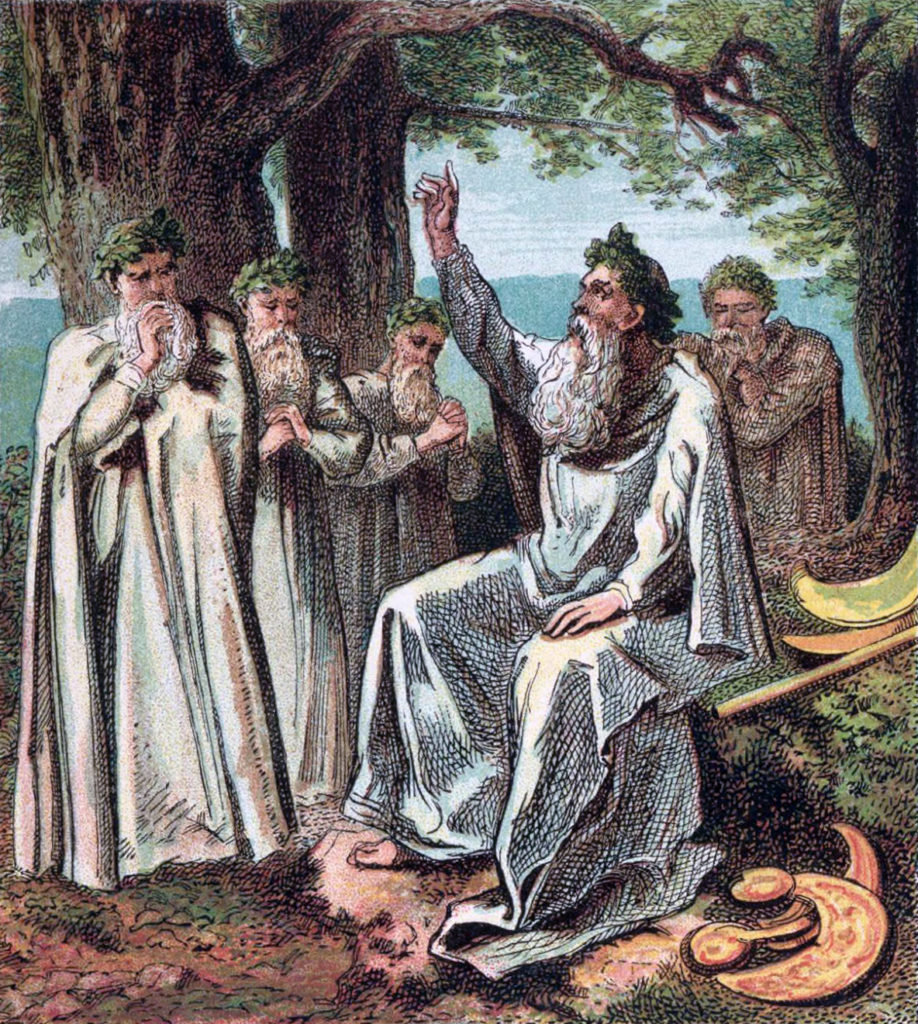
There was quite a bit of controversy involving Druids at the time that 1st Edition came out. First Edition had the advance by combat rule for three different player classes. Druids, Assassins and Monks could only advance to the highest levels by defeating another of the same level in single combat. The combat did not always have to be to the death but more than likely it would be. That would certainly be so for Assassins. Monks perhaps not. But for Druids it seems likely that the combat would be to the death as they would be using sharp weapons and spells to win the right to advance in level. If the loser survived…they would drop to the previous level.
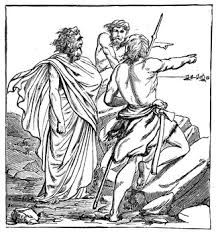
Naturally players did not like that rule. They wanted the right to advance like their comrades. Without having to fight for it. Later editions seemed to do away with these rules.
First Edition also had restrictions on who could become a Druid. Humans, half elves and halflings could become Druids. Only humans and half elves could advance to the highest levels as a druid. Halflings were limited to level 6.
The Druid was the ultimate advocate for all things natural. The forests were their domain. Anyone burning something in the forest might get an unfriendly visit from a Druid. One wantonly killing animals for no reason or destroying plants for no reason would likely incur their wrath. Druids consider the things in the forest to be in their care. And should someone damage or destroy any part of it they will be enraged by it.
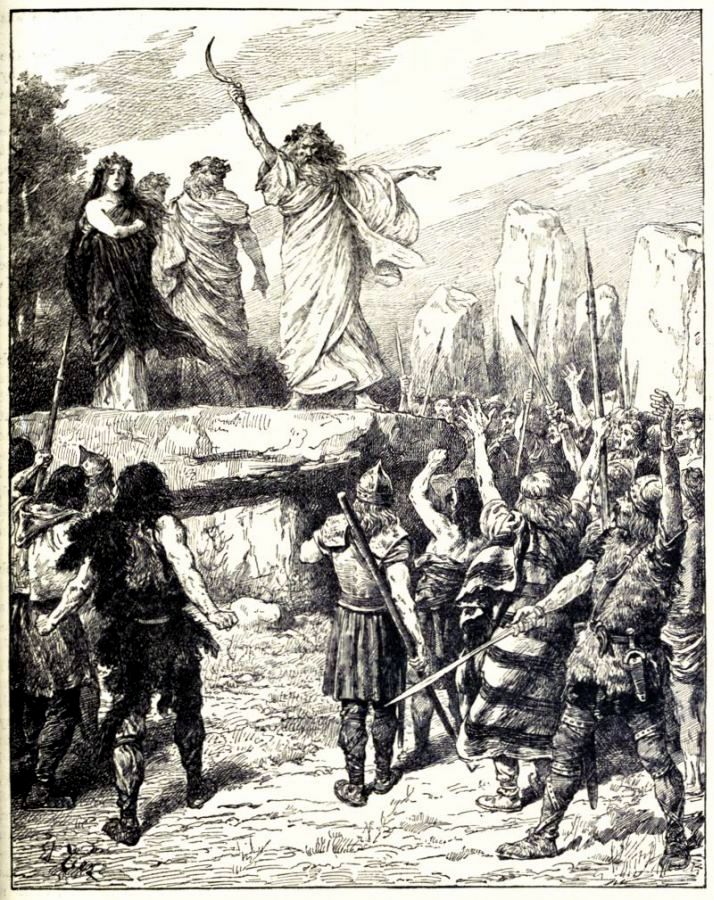
Druids in 1st Edition had the power to shape change (after 7th level) into certain animal forms. This was a unique power which made a Druid a dangerous foe. It made the class worth playing. Their human form fighting was rather limited. Even with the use of sharp weapons they still fought using the cleric combat table which did not make them the best melee fighters. And with the armor restriction to leather they were at great risk of being hit in melee combat. And like clerics they only got 8 sided dice for hit points. None of these things were inspiring for close combat. Animal form was the way to go.
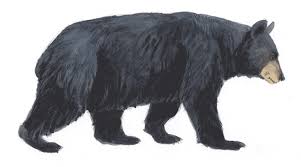
Druids could use the same magical items available to clerics as well as those suitable for use by any class. The First Edition DMG had no magic items that were specific to Druids. Unlike a cleric the Druid had no power to turn the undead.
Druids in Dungeons and Dragons 5th Edition
Druids are a separate class in 5th Edition. They harness the power of nature. Unlike 1st Edition a Druid can advance to 20th level. There are no limits to the numbers of high level Druids. And there can be more than one Arch Druid. There does not appear to be a “Great Druid” in 5th Edition. And there does not appear to be any fight to advance in level requirement.
Druids in 5th Edition are concerned with keeping nature in balance. They believe that the four elements must be kept in equilibrium. Earth, fire, water and air are the four elements that must be balanced. Druids are often found guarding sacred sites or watching over unspoiled nature.
Like the 1st Edition Druid a 5th Edition one can shape change into animals starting at 2nd level. The beast form must once have been seen by the druid before. This action can be done twice until a short or long rest has been taken. Limitations on the type of animal are level specific. One cannot cast spells while in beast form.
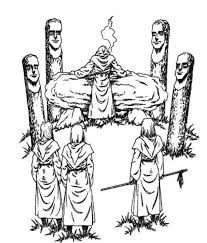
Druids after 2nd level select a path called a “Druid Circle” in which to advance. This path determines the types of powers that will be attained once the character reaches higher levels. These circles are:
- Circle of the Land
- Circle of the Moon
Most Druids in 5th Edition worship specific nature deities but some worship nature itself. In either event they can be a formidable opponent for those who dare risk their anger.
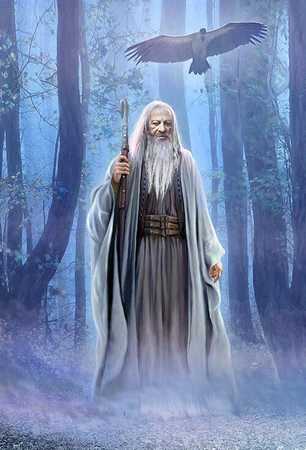
Druids in Dungeons and Dragons are the Boss of the Forest
Regardless of the edition of Dungeons an Dragons that you play one thing is clear. A Druid is at his or her most powerful while in the forest. Creatures can be summoned that will aid them. Many of their spells can give them a distinct advantage over others in the woods. And they know the forest better than anyone else…..even rangers…
